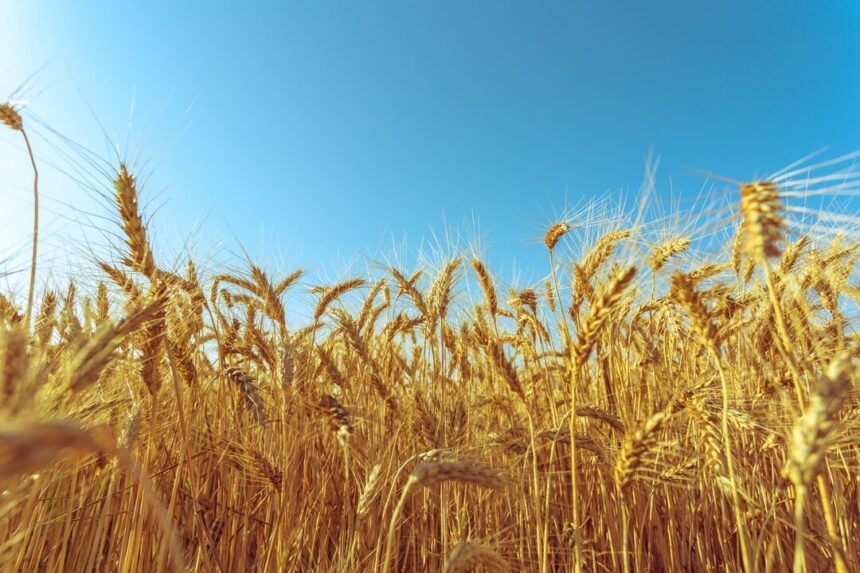Barley, a versatile and resilient cereal grain, holds significant economic value for farmers in South Africa, serving as a staple crop for both human consumption and animal feed. Maximizing the quality and yield of barley requires careful attention to various agronomic practices, soil management techniques, disease control strategies, and post-harvest handling methods. In this article, we’ll explore effective techniques for enhancing the quality and yield of barley in South Africa, empowering farmers to optimize their harvests and profitability.
1. Soil Preparation and Fertility Management:
- Soil Testing: Begin by conducting comprehensive soil tests to assess nutrient levels, pH, and soil structure. Adjust soil pH and address nutrient deficiencies through targeted fertilization to create optimal growing conditions for barley.
- Organic Matter: Incorporate organic matter, such as compost or manure, into the soil to improve its structure, water retention, and nutrient content. Organic amendments contribute to soil health, microbial activity, and overall crop productivity.
- Fertilization: Apply balanced fertilizers containing nitrogen, phosphorus, and potassium according to soil test recommendations and crop requirements. Split applications of nitrogen can promote steady growth and development throughout the growing season.
2. Seed Selection and Planting:
- Variety Selection: Choose barley varieties adapted to local climate conditions, soil types, and intended end-uses (e.g., malting, feed, forage). Selecting high-yielding, disease-resistant varieties suited to South African conditions can enhance crop performance and profitability.
- Planting Date: Optimize planting timing based on regional climate patterns, frost dates, and soil temperature. Early planting allows for extended growth periods and may result in higher yields, while avoiding heat stress during critical growth stages.
- Seed Rate and Depth: Plant barley seeds at the recommended seeding rate and depth for your chosen variety and soil conditions. Ensure adequate seed-to-soil contact for uniform germination and stand establishment.
3. Crop Management Practices:
- Weed Control: Implement effective weed management strategies, such as pre-emergence herbicides, mechanical cultivation, or cover cropping. Weed competition can reduce barley yields and quality, so timely intervention is essential.
- Irrigation Management: Monitor soil moisture levels closely and provide supplemental irrigation as needed, especially during periods of drought or water stress. Optimal moisture levels are critical for maximizing barley yields and quality.
- Disease and Pest Management: Scout fields regularly for signs of disease, pests, and nutrient deficiencies. Implement integrated pest management (IPM) practices and consider using disease-resistant varieties and cultural controls to minimize losses.
4. Harvest and Post-Harvest Management:
- Timing: Harvest barley at the optimum stage of maturity to maximize grain yield and quality. Monitor moisture levels closely to prevent shattering and minimize harvesting losses.
- Storage: Ensure proper drying and storage conditions to maintain grain quality and minimize post-harvest losses. Adequate aeration, moisture control, and pest management are essential for preserving barley grain integrity.
- Rotation and Crop Diversity: Practice crop rotation with other suitable crops to break pest and disease cycles, improve soil health, and enhance overall farm resilience. Diversifying crop rotations can also optimize resource use and mitigate environmental impacts.
By implementing these techniques for enhancing quality and yield in barley production, farmers in South Africa can optimize their crop performance and profitability. From soil preparation and seed selection to crop management and post-harvest practices, each step plays a critical role in achieving successful barley cultivation. By adopting sustainable agronomic practices, leveraging technology and innovation, and staying informed about best management practices, farmers can unlock the full potential of barley as a valuable crop in South Africa’s agricultural landscape.
Join 'Farmers Mag' WhatsApp Channel
Get the latest Farming news and tips delivered straight to your WhatsApp
CLICK HERE TO JOIN






